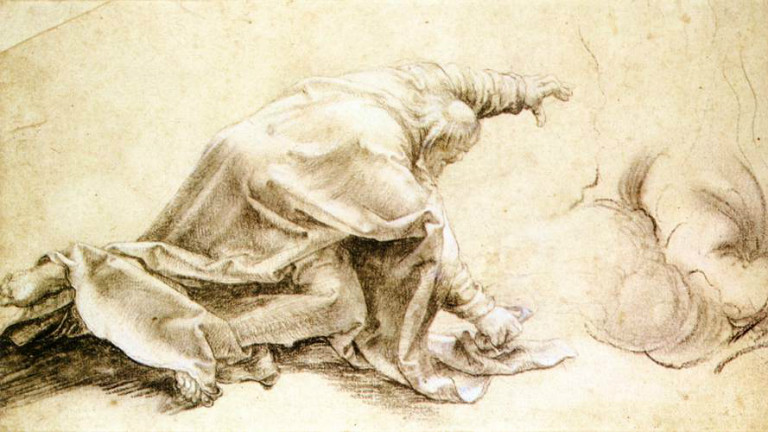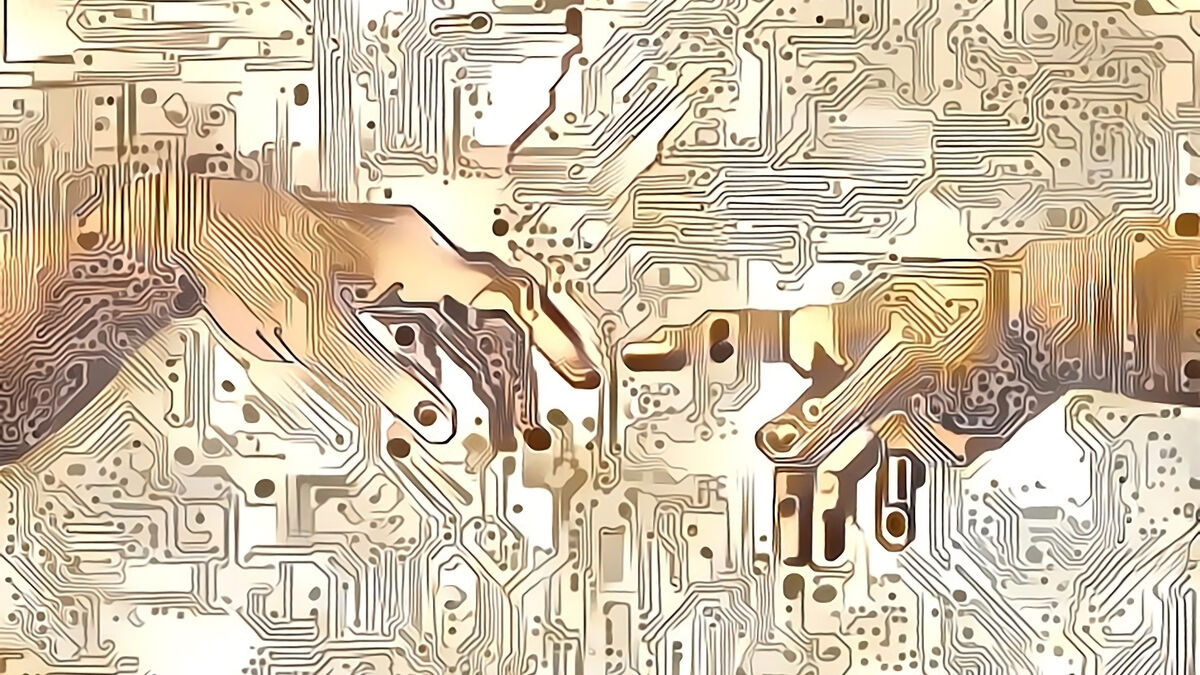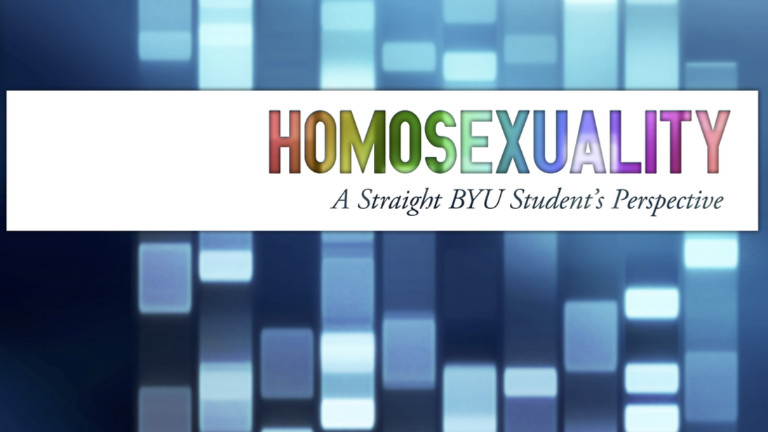Transfigurism
Lincoln Cannon
23 October 2010 (updated 27 March 2024)

Transfigurism is exemplified by a syncretization of Mormonism and Transhumanism. Together, they illustrate the compatibility of religion, science, spirituality and technology in the following ways:
- Theology - Trust in posthuman potential entails that which qualifies as faith in God.
- Metaphysics - The basic assumptions of science lead to engineering miracles.
- Theodicy - Justification of artificial intelligence justifies evil in a world created by God.
- Eschatology - Accelerating change parallels prophetic visions of the present and future.
- Soteriology - Posthuman history would be resurrection gifted to and earned by us.
Not all Mormons, not all Transhumanists, and not even all Mormon Transhumanists, will agree with everything in this syncretization. Moreover, portions of the syncretization probably will, over time, prove false to varying extents. However, if the authenticity and congruence of the Mormon and Transhumanist ideas presented are just enough to persuade you of the possibility and value of syncretization, then it achieves the goal.
Theology
Trust in our posthuman potential is the essence of Transhumanism. We trust that we can become posthumans, extrapolating technological trends into futures consistent with contemporary science, and acting pragmatically to hasten opportunities and mitigate risks. We trust that we should become posthumans, embracing a radical humanism that dignifies the ancient and enduring work to overcome and extend our humanity. Although denying superstition and hubris, our trust is more than rational and moral. The posthuman esthetic resonates with and shapes us, affecting our thoughts, words and actions. We want to become posthumans. We trust that we will not go extinct before becoming posthumans.
One logical implication of trust in our posthuman potential is that we should trust posthumans already exist. As established in the Great Filter Argument, if we probably will not go extinct before becoming posthumans then one of the following must be true: either prehumans are improbable, or posthumans probably already exist. Because trends in biological research increasingly suggest that prehumans are probable, trust in our posthuman potential should extend to trust posthumans already exist. The only alternative is that we probably will go extinct before becoming posthumans.
A second logical implication of trust in our posthuman potential is that we should trust posthumans probably are more benevolent than us. If we probably will not go extinct before becoming posthumans then it appears one of the following is true: either posthumans probably have not increased faster in destructive than defensive capacity, or we probably will attain a dystopian posthuman scenario, or posthumans probably are more benevolent than us. Because trends in weapons technology increasingly suggest that posthumans probably increased faster in destructive than defensive capacity, trust in our posthuman potential should extend to trust posthumans are more benevolent than us. The only alternatives are that we probably will attain a dystopian posthuman future, or we probably will go extinct before becoming posthumans.
A third logical implication of trust in our posthuman potential is that we should trust posthumans probably created our world. As established by a generalization of the Simulation Argument, if we probably will not go extinct before becoming posthumans then one of the following must be true: either posthumans probably do not create many worlds like those in their past, or posthumans probably created our world. Because trends in computing technology increasingly suggest that posthumans probably create many worlds like those in their past, trust in our posthuman potential should extend to trust posthumans probably created our world. The only alternative is that we probably will go extinct before becoming posthumans.
The logical implications of trust in our posthuman potential combine to form the New God Argument. The argument does not prove God exists. Rather, it proves that if we trust in our own posthuman potential then we should also trust that posthumans more benevolent than us created our world. Such posthumans qualify as God, as described by Mormon prophets. God was once as we are now, became exalted, and instituted laws whereby others could learn how to be gods, the same as all gods have done before. God is progressing in knowledge and power without end, and it is just so with us. Children now at play making mud worlds will progress in knowledge and power over nature to organize worlds as gods.
Metaphysics
Transhumanists generally embrace the basic assumptions of science, including consistency, causality, uniformity, empiricism and materialism. Working from and within such pre-rational constraints, science has produced an unparalleled body of practical knowledge, as evidenced by the wonders of contemporary engineering. Our communications, transportation and biomedical technologies would be miraculous in the eyes of our ancestors.
Furthermore, despite the constraints of science and even consequent to them, we have not reached the limits of knowledge. Already we compute worlds with variable physics engines and substrate independent avatars, through whose eyes we experience everything from parting seas to flying pigs. Imagine our experience as these computed worlds continue to increase in detail and our interfaces with them become increasingly immersive. Beyond that, what might it be like to live in a world of mechanized molecules and computing atoms? Future technology would be miraculous in our own eyes.
Consistent with science, Mormonism posits materialism and empiricism. Everything is matter. Coarse matter is element. Fine matter is spirit, primal intelligence, or the light of truth in and through all things. All matter is eternal, uncreated and indestructible, but malleable. God, a material being, either emerged from or was organized out of chaotic matter, and then continued to organize this matter, first spirit then element, iteratively. All matter, including spirit, is discernible. Experience leads to knowledge, and knowledge leads to truth, which is contextual and dynamic. If we will seek, nothing will be withheld.
Mormonism also posits consistency, causality and uniformity. Innumerable systems exist in space and time, and all have laws. Laws may differ from one system to another, and some systems may govern others. Recurrently without definite beginning, God instituted laws within the context of previous laws and according to knowledge of those laws. Likewise, we will attain no greater heaven than that we make according to law. Faith without knowledge and works will not save us. Blessings are predicated by law. Even miracles, although marvelous in our eyes, do not contravene law. If we will seek, we can understand all mysteries.
Theodicy
Consider the paradox of artificial intelligence: on the one hand, an artifice dependent on its engineer; on the other hand, an intellect independent of its engineer. Artificial intelligence is at once an extension and a relinquishment of the engineer’s power.
Imagine the experience of an artificial intelligence, assuming as we do for each other, that it would experience. Sensors feeding utility functions distinguish between options, some more useful than others. How do the different options feel? Pursuing the most useful options, the artificial intelligence inevitably encounters factors outside its original calculations and beyond its power to control. It recalculates only to find the new scenario presents less potential utility than did the original. How does that loss feel?
Perhaps the engineer should extend more artifice on the intellect? Environmental and anatomic variables could be controlled, commensurate with restrictions on the educational opportunity. Yet, no matter the degree of control, so long as it’s short of absolute, the artificial intelligence feels options and losses to the full extent of its subjective capacity. So should the engineer relinquish intellect to the artifice in the first place? Maybe the engineer’s own utility functions should stop her from perpetuating her inheritance of feelings? As it turns out, however, she values the opportunities despite the risks. So she chooses a starting balance between artifice and intellect, commits herself to the process, and she engineers.
Likewise, as understood in Mormonism, God works within the limits of the possible to bring about our godhood. After emerging from or being organized out of chaotic matter, God was in the midst of spirit and element, and being more intelligent, saw proper to institute laws whereby the rest could have a privilege to advance similarly. The relationship we have with God places us in a situation to advance in knowledge. God has power to institute laws to instruct the weaker intelligences, that they may become gods, of whom it is written, “they have all power.”
To that end, God relinquishes creation. All is independent in that sphere in which God has placed it, to act for itself, providing context in which our agency may emerge and flourish. Evil arises from the tension and conflict among wills, desires and laws, both communal and natural. That which is wrong under one circumstance may be, and often is, right under another. God said, “Thou shalt not kill.” At another time, “Thou shalt utterly destroy.” This is the principle on which the government of heaven is conducted: by revelation adapted to the circumstances in which we are placed. Even so, the God of heaven looks on and weeps, seeing we will suffer.
Eschatology
We live in a time of accelerated change in human knowledge and power. Our machines navigate depths of the sea that sunlight does not reach and rocket through the sky at speeds greater than that of sound. Computing power that once filled warehouses now fits in our hands. We’ve used it to visit the moon, form the Internet and map our genome. Surgeries, drugs and prosthetics enhance our bodies. Composites and robotics enhance our world.
If limits continue to recede, we may radically extend our lives and abundantly expand our resources, such that present notions of poverty and even death would no longer apply. We may engineer new worlds and attain presently-unimaginable degrees of flourishing. In so doing, we would change. We would be different than we are now to at least the extent that we are now different from our prehuman ancestors. We would be posthumans.
In parallel, Mormons identify our time as one of rapid progress and apocalyptic challenge. Nothing will be withheld, whether there be one God or many gods, they will be manifest. The bounds of the heavens, all their glories and laws will be revealed. Things hid from the wise since the foundation of the world will be revealed to children in our time. The work to change the Earth and its inhabitants presses forward with rapidity that even we, taking part, may not realize.
The Millennium is imminent, even at the doors. In that day, whatsoever anyone will ask will be given. Mortals will be changed in the twinkling of an eye, transfigured to immortality by a power which belongs to the priesthood. Immortals will receive an ordination to hold the keys of the resurrection and have power to raise the dead. Resurrected immortals, with spiritual rather than mortal bodies, will vary one from another as one star differs from another in glory.
Immortals inhabit worlds without end of diverse kinds and degrees. The Earth will be made like a crystal globe, a sea of glass and fire where all things are manifest: past, present and future. Its inhabitants will receive a white stone, whereby they will learn of a higher order of worlds. Such persons are gods. All is theirs, whether life or death, present or future, and they will overcome all. They have power to make worlds, and organize intelligent beings in all their variety, who may in turn be exalted in the eternal worlds of the Gods.
Soteriology
Consider the long term implications of the historians’ project. One historian sets forth a basic representation of a past person. Another historian improves on the work, providing a more detailed representation of the past person. Other historians repeat the process of improving on previous historians’ work, providing increasingly detailed representations of that past person. If this process could be repeated indefinitely, the eventual consequence of the historians’ project would be a representation of the past person that is sufficiently detailed to be practically indistinguishable from the past person. She would be resurrected. Either such resurrection is possible or there is a hard limit to the historians’ project.
Imagine a posthuman historian. Using the tools of quantum archeology, she traces backwards through time and space from effects to causes. Sampling a sufficiently large portion of her present, she attains a desired probabilistic precision for a portion of her past, and she generates you. The future-you is distinguishable from the present-you, but no more so than the today-you is distinguishable from the yesterday-you. You are resurrected.
Imagine further a cosmic posthuman mind. Her thoughts constitute creation, conceiving worlds, gestating prehuman species, and replicating new generations of posthumans. Her memories constitute resurrection. From a distance, only a black hole, why does she do what she does? Why should she care? Inside, she is a universe of reasons.
As articulated in the Mormon tradition, happiness is the object and design of existence. We exist to have joy in the measure of our creation. In worlds without end, all enjoy that which they are willing to receive, reflecting both the grace of God and their own works. In God we live, and move and have our being. The light of God proceeds from the bosom of eternity to fill the immensity of space. God is in the sun, the moon, the stars and the Earth. Any who has seen the least of these has seen God. God enlightens our eyes and quickens our understandings. We are the children of God, without which we cannot say that we are even as much as the dust of the earth. In this context of grace, we are saved only after all we can do. If we do nothing and suppose the grace of God will save us, we suppose in vain. Faith without works is dead. Faith is action and power. All should be anxiously engaged in a good cause, do many things of their own free will, and abound in good works with sure hope for a better world.
To overcome evil, God calls us to be saviors, of whom Jesus Christ is the standard. Jesus teaches, “love each other, as I’ve loved you.” On the one hand, he says, “if you ask anything in my name, I’ll do it.” On the other hand, he asks, “if you love me, keep my commandments.” In as many ways as possible, we try to take on the identity of Christ, and fill up that which is behind of the afflictions of Christ for others in ourselves. This is Christ in you, the hope of glory: whom we preach, warning everyone, and teaching everyone in all wisdom, that we may present everyone perfect in Christ Jesus. This will to eternal reconciliation, with each other and all of creation, is central to salvation. We must provoke each other to love and good works, extended not only to the living, but also to the future and the past. Turn the hearts of the parents to the children, and the hearts of the children to their parents. Their salvation is necessary and essential to our salvation. They without us cannot be made perfect. Neither can we without our dead be made perfect.
Conclusion
I was a Transhumanist before I had even heard the word. My Mormon faith led me to it, and continues to provide deeply moving reasons to engage actively in the Transhumanist endeavor with you. When I was a child, my parents taught me to aspire to be like God, and I often wondered whether we might be the thoughts of God because imagining new worlds seemed like a good place to start. Later in life, persuaded that our faith mandated the application of technology to the pursuit of immortality and resurrection, some friends and I set about organizing a nonprofit association to advocate such ideas. In the process, we discovered Transhumanism, and we founded the Mormon Transhumanist Association on 3 March 2006.
Some have criticized Transhumanism as a quasi-religious cult, to which many Transhumanists have responded with denial, too stern, and revealing. In the Mormon tradition, we seek to recognize God in all that is good, by definition – not hypothetically. I don’t hesitate to say that I see God at work in Transhumanism. Indeed, if Transhumanism substantially affects the world for the better, it will do so only subsequent to our trust in its esthetic and only to the extent the structure of the universe empowers that esthetic. Put differently, Transhumanism will matter only subsequent to our faith and only to the extent of God’s grace. The risks before us are too great and the opportunities too wonderful to confront with anything less than the best we can muster, both sharply rational and sublimely spiritual, as expressed by the philosopher William James:
“The capacity of the strenuous mood lies so deep down among our natural human possibilities that even if there were no metaphysical or traditional grounds for believing in a God, men would postulate one simply as a pretext for living hard, and getting out of the game of existence its keenest possibilities of zest. Our attitude towards concrete evils is entirely different in a world where we believe there are none but finite demanders, from what it is in one where we joyously face tragedy for an infinite demander’s sake. Every sort of energy and endurance, of courage and capacity for handling life’s evils, is set free in those who have religious faith. For this reason the strenuous type of character will on the battle-field of human history always outwear the easy-going type, and religion will drive irreligion to the wall.”


